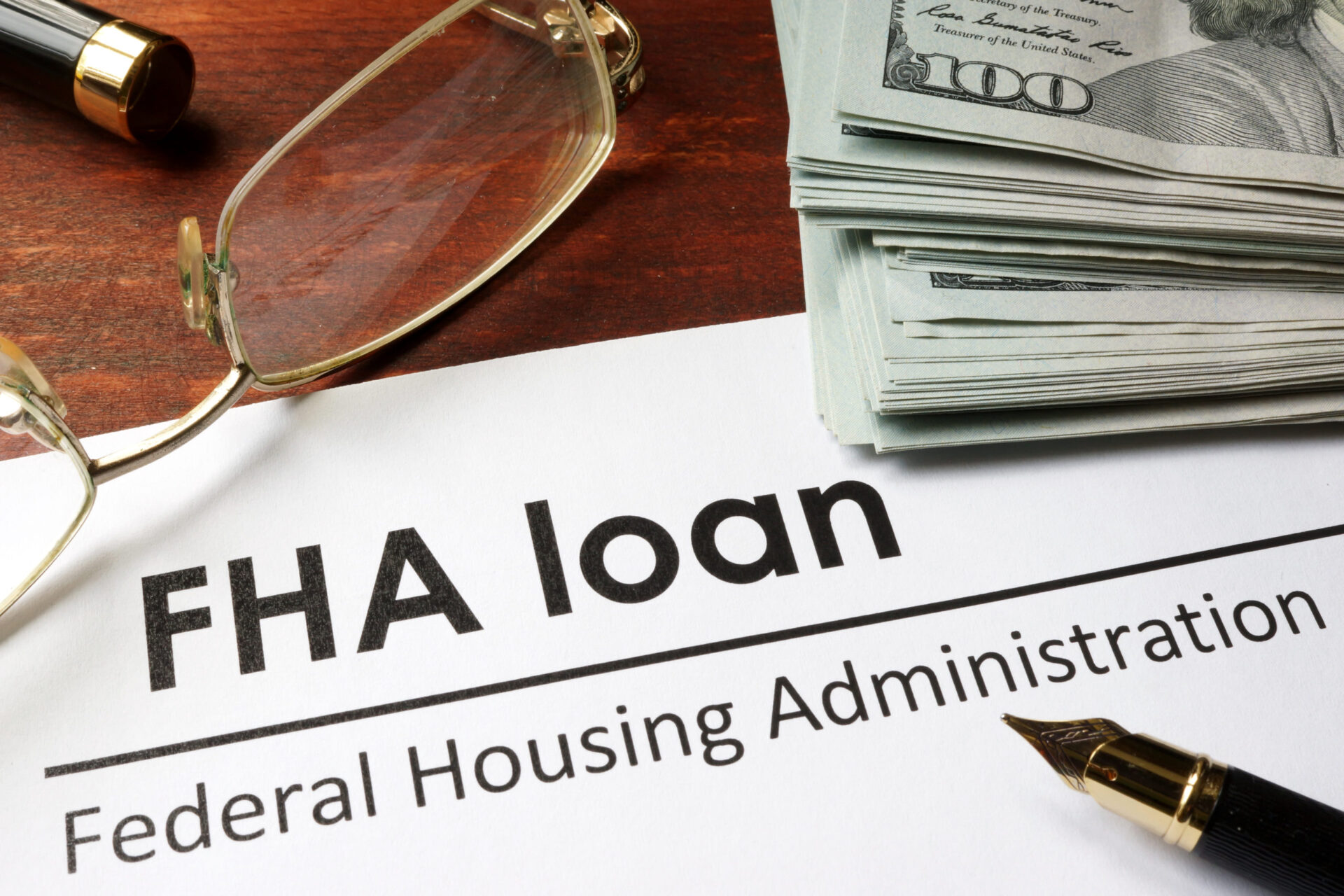By Randall Bloomquist
In the mortgage public-policy cosmos, studies alleging racial bias in lending are like comets. They blaze across the industry skyline on a regular basis, drawing attention from the media and outrage from fair housing activists.
The latest flare came from a report alleging Black applicants are nearly twice as likely to be denied a conventional mortgage as compared to White applicants with similar financial profiles. The study, which claims to advance the case for widespread lending discrimination through the analysis of newly available data about loan applicants, was generated by the non-profit investigative website The Mark-Up in partnership with the Associated Press.
But according to some industry analysts, The Mark-Up’s j’accuse! moment comes up short. Those data crunchers say the allegedly damning analysis fails to consider a critical aspect of applicants’ financial history and ignores outcomes that undermine the argument for systemic discrimination in mortgage lending.
As The Mark-Up notes in its analysis, earlier reports alleging discrimination by lenders came under industry fire for not controlling for three key factors in the mortgage decision-making process: debt-to-income ratio, combined loan-to-value ratio, and credit score.
In 2019, the government began releasing debt-to-income and combined loan-to-value ratios—in federal mortgage data. The Market-Up added that data to 15 other characteristics in its study of lending patterns at both the national level and in 89 metropolitan areas and concluded, “[F]inancial institutions were almost twice as likely to deny Black applicants conventional mortgages in 2019 compared to White applicants who had the same debt-to-income ratios, made the same amount of money, and shared other important financial characteristics.
“Lenders were also more likely to deny Latino, Asian/Pacific Islander, and Native American applicants than their White counterparts when we held the key financial characteristics constant. The disparities for these racial and ethnic groups ranged from 40 to 70 percent more likely to be denied.”
The Mark-Up’s analysis did not include applicant credit scores, which are highly predictive of defaults. According to American Enterprise Institute (AEI) Housing Center research fellows Ed Pinto and Tobias Peter, that omission undermines the study’s conclusions. And the flaws in those findings, they contend, are evident in lending outcome data.
“When looking at strictly inputs, but ignoring outcomes, the protected classes have higher denial rates than Whites,” Pinto and Peter wrote in a preliminary summary of an upcoming report. “However, this is only one-half of the story.”
The AEI study looked at about 1.1 million conventional mortgages and roughly 100,000 FHA loans. The dataset consisted of 30-year primary owner-occupied fixed-rate mortgages originated in 2018-2020. They combined data available from the federal government and CoreLogic’s Loan Level Market Analytics (LLMA) dataset.
The study defined a default to have occurred if a loan was ever 60 days or more delinquent (E60+), including loans in forbearance. The report measures E60+ through November 2019, which was before the COVID pandemic, and E60+ through April 2021, which includes the pandemic. The study covered White, Black, Hispanic, and Asian/Pacific Islander borrowers.
Separately for conventional and FHA loans, the analysts estimated a logit model based on E60+ through April 2021 that controlled for race, mortgage default rate (MDR), which is a predicted measure of mortgage risk based on a combination of CLTV, credit score, and DTI, note rate, the ratio of the census tract’s income to the MSA income, origination year, and the presence of a co-applicant.
Their findings: Borrowers in the protected classes had a higher rate of mortgage default during the period covered by the study.
In the case of conventional loans, White borrowers averaged a 4.4% E60+ through April 2021, while Black mortgage holders on average experienced 6.4%. In the case of FHA loans, the respective percentages were 15.7% and 19.6%.
Pinto and Peter say those numbers indicate that rather than discriminating against protected class applicants, lenders are actually “bending over backward” to give such applicants a shot at homeownership.
“Since lenders are likely denying borrowers with weaker credit profiles, one would expect to find lower default rates for the protected classes. Since this is not the case, it must be that on an aggregate, there cannot be any discrimination by the industry,” they wrote in their summary report.
Pinto and Peter say their research echoes similar findings by Nobel Prize-winning economist Gary Becker, who examined alleged mortgage-lending discrimination in the early 1990s.
Of course, the AEI team notes, it’s impossible to prove that members of the protected class are never treated unfairly.
“This [report] does not rule out discrimination by individual lenders, but the number of such lenders is likely small, for if they were commonplace as alleged by The Markup, we would not get the results we found.”
